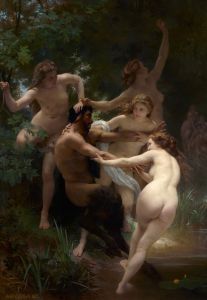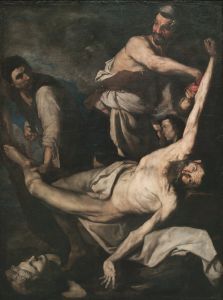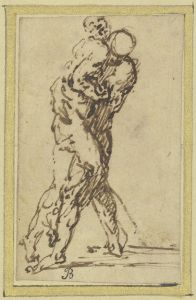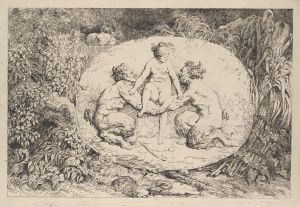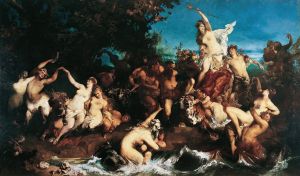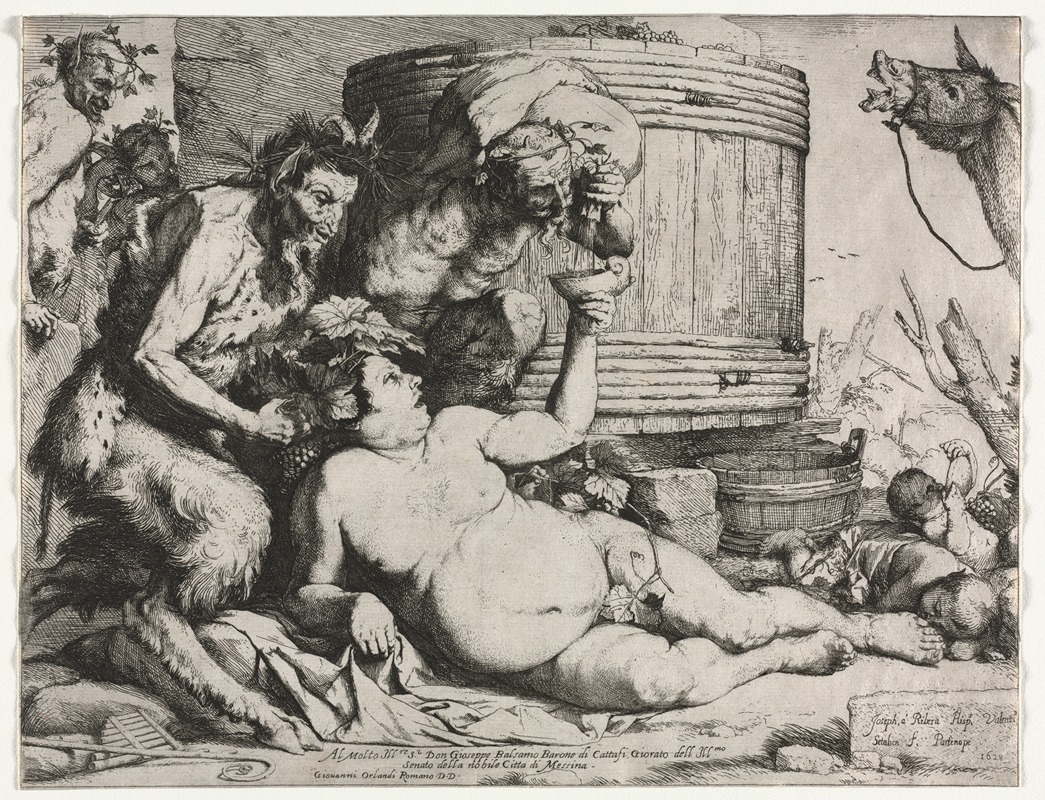
Silenus
A hand-painted replica of Jusepe de Ribera’s masterpiece Silenus, meticulously crafted by professional artists to capture the true essence of the original. Each piece is created with museum-quality canvas and rare mineral pigments, carefully painted by experienced artists with delicate brushstrokes and rich, layered colors to perfectly recreate the texture of the original artwork. Unlike machine-printed reproductions, this hand-painted version brings the painting to life, infused with the artist’s emotions and skill in every stroke. Whether for personal collection or home decoration, it instantly elevates the artistic atmosphere of any space.
Jusepe de Ribera, a prominent Spanish painter and printmaker of the 17th century, is known for his dramatic and realistic depictions of religious and mythological subjects. One of his notable works is the painting "Silenus," which exemplifies his mastery in capturing the human form and emotion with striking realism and intensity.
"Silenus" is a painting that portrays the mythological figure Silenus, who is often associated with Dionysus, the Greek god of wine and festivity. In mythology, Silenus is depicted as an older satyr, known for his wisdom and drunkenness, often serving as a companion and tutor to Dionysus. Ribera's depiction of Silenus is characteristic of his style, which often includes a focus on the raw and unidealized human condition.
The painting is executed with Ribera's signature use of chiaroscuro, a technique that employs stark contrasts between light and dark to achieve a sense of volume and three-dimensionality. This method enhances the dramatic effect of the composition, drawing the viewer's attention to the central figure of Silenus. Ribera's attention to detail is evident in the realistic rendering of Silenus's aged and corpulent body, emphasizing the physicality and earthly nature of the character.
Ribera's "Silenus" is also notable for its exploration of themes such as indulgence, wisdom, and the duality of human nature. The figure of Silenus, often depicted in a state of inebriation, serves as a symbol of both the joys and excesses of life. Ribera captures this duality through the expression and posture of Silenus, who appears both wise and weary, embodying the complexities of human experience.
The painting reflects Ribera's broader artistic influences and the cultural context of his time. Working primarily in Naples, Ribera was part of the Spanish Baroque movement and was influenced by the tenebrism of Caravaggio, which is evident in his dramatic use of light and shadow. Ribera's work often focused on religious and mythological subjects, rendered with a naturalism that was both innovative and influential.
"Silenus" is housed in the Museo di Capodimonte in Naples, Italy, where it remains an important example of Ribera's contribution to Baroque art. The painting is appreciated for its technical skill, emotional depth, and the way it captures the essence of its mythological subject. Ribera's ability to convey complex themes through his art has secured his place as a significant figure in the history of European painting.
In summary, Jusepe de Ribera's "Silenus" is a masterful representation of a mythological figure, characterized by its realistic portrayal and dramatic use of light and shadow. The painting reflects Ribera's skill in capturing the human condition and his influence within the Baroque art movement. Through "Silenus," Ribera invites viewers to contemplate the themes of indulgence, wisdom, and the complexities of life, making it a timeless piece that continues to resonate with audiences today.





